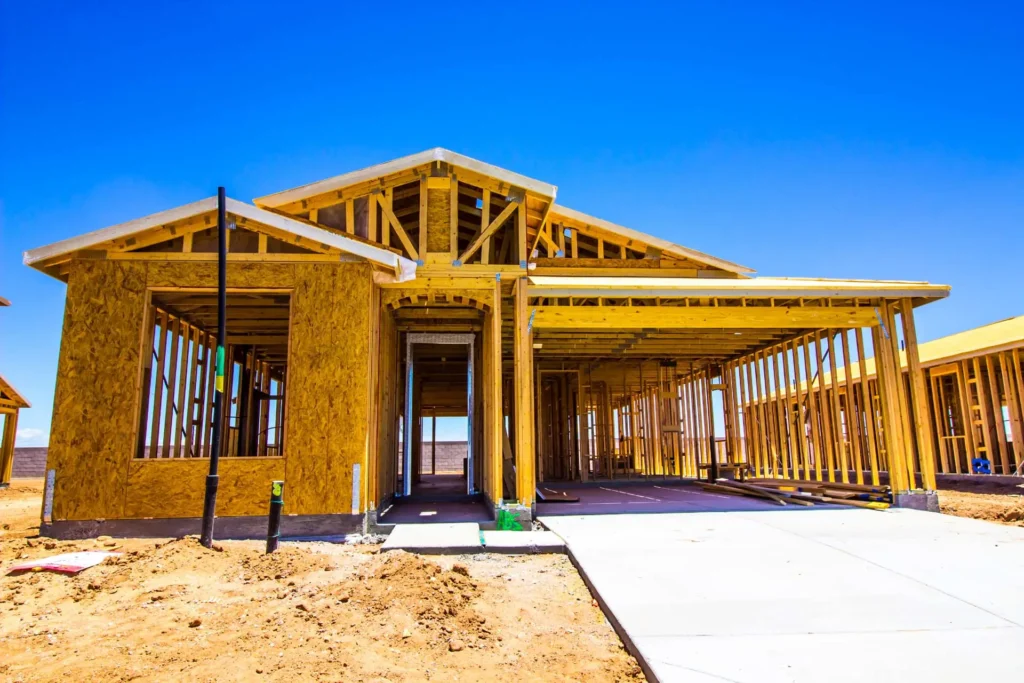Builder confidence experienced a setback in May, with the surge in mortgage rates playing a significant role in dampening sentiment. This development comes against the backdrop of ongoing challenges within the housing market, including supply chain disruptions and affordability issues. Here’s a closer look at the factors contributing to the decline in builder confidence
Rising Mortgage Rates
The recent uptick in mortgage rates has been a key driver behind the drop in builder confidence. As borrowing costs escalate, potential homebuyers face increased monthly payments, potentially dissuading them from entering the market or proceeding with home purchases. The anticipation of interest rate hikes by the Federal Reserve in response to inflationary pressures has accelerated this rise in mortgage rates, catching many within the housing industry by surprise.
Impact on Builder Sentiment
The National Association of Home Builders (NAHB)/Wells Fargo Housing Market Index (HMI), a crucial gauge of builder confidence, dipped by 2 points to a reading of 81 in May. While still relatively high from a historical standpoint, this decline signals a notable shift in sentiment among homebuilders. Builders have voiced concerns about affordability and the potential dampening effect of higher mortgage rates on buyer demand.
Supply Chain Disruptions and Cost Escalation
Alongside higher mortgage rates, builders continue to grapple with disruptions in the supply chain and escalating costs for materials and labor. These challenges have led to delays in construction projects and increased construction costs, further weighing on builder confidence. Shortages of essential building materials, such as lumber, steel, and appliances, have persisted, driving prices upward and complicating new home construction efforts.
Outlook for the Housing Market
The housing market’s outlook remains uncertain as builders navigate a rapidly evolving landscape. While demand for housing remains robust, affordability constraints and supply chain challenges pose significant obstacles. Market observers are closely monitoring the potential impact of interest rate increases, ongoing supply chain disruptions, and shifts in buyer behavior on housing market dynamics in the months ahead.
Policy Responses and Industry Initiatives
Policymakers and industry stakeholders are exploring various measures to address the housing market’s challenges. Efforts to increase housing supply, streamline regulatory processes, and enhance affordability through targeted interventions are being considered. Additionally, initiatives promoting sustainable and resilient housing practices, including energy-efficient construction and affordable housing development, are gaining traction as part of broader efforts to tackle housing affordability and climate change.
The decline in builder confidence in May underscores the complex challenges facing the housing market. As higher mortgage rates, supply chain disruptions, and affordability concerns persist, stakeholders must collaborate to implement effective solutions that support a resilient housing sector.












